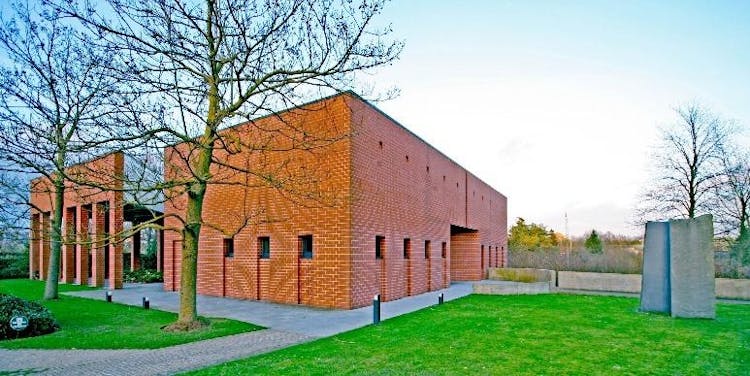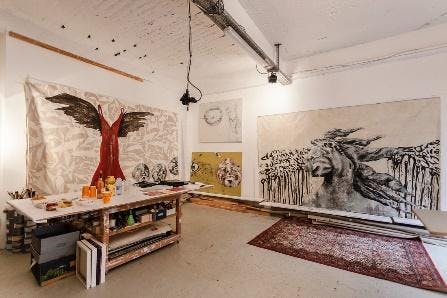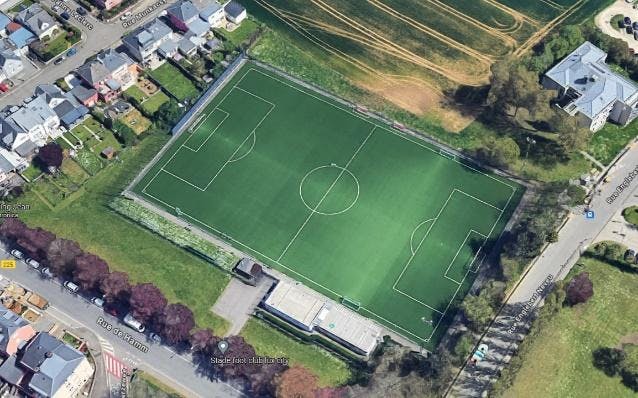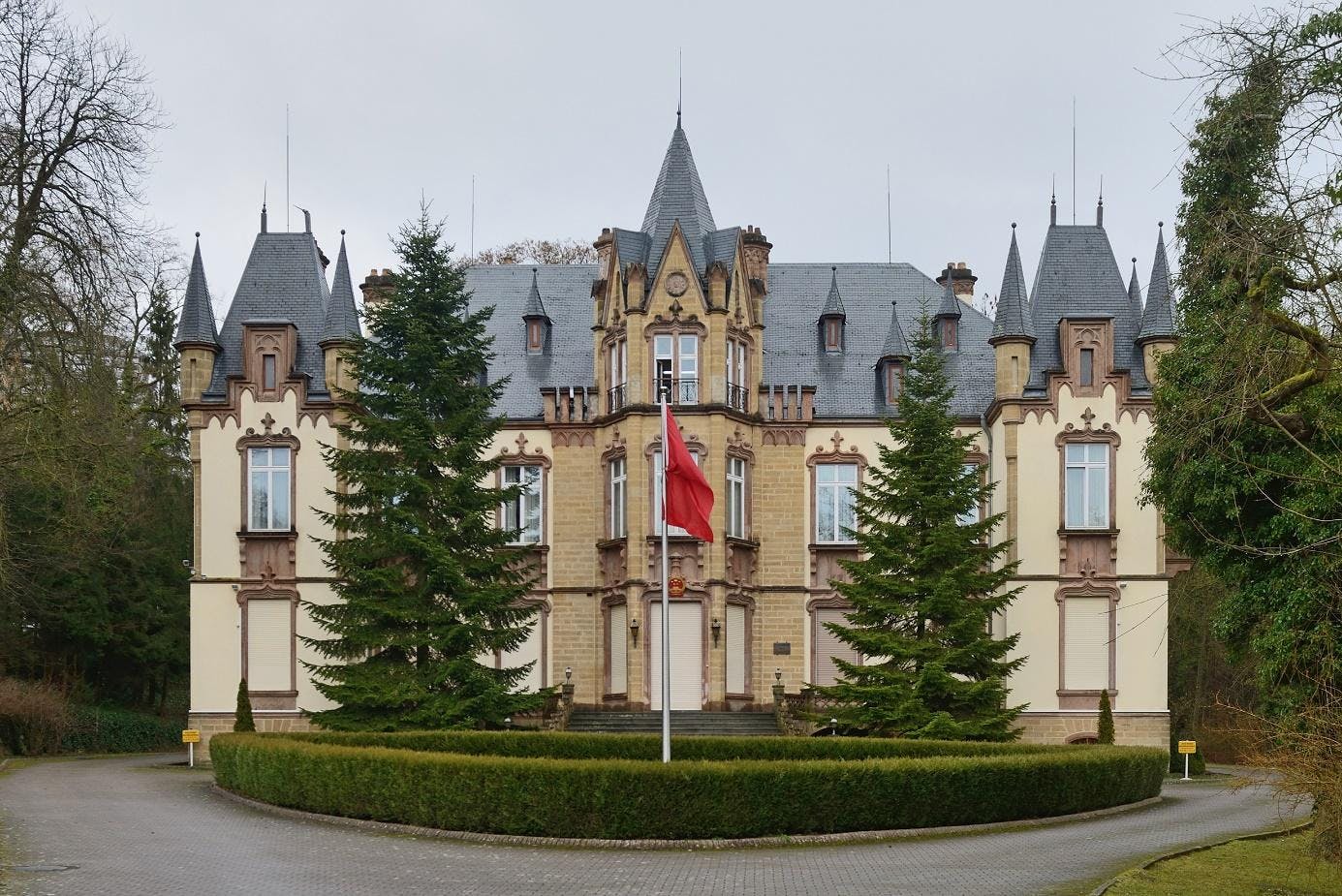
Hamm: an industrialized yet green district in the City of Luxembourg
From the convenience of transport accessibility to the intricate infrastructure weaving through schools, cultural centers, healthcare facilities, and parks, we'll uncover the essence of living in Hamm
The Hamm neighborhood, nestled in the eastern fringes of Luxembourg's capital, stands as one of the city's largest yet least populated districts. Bordered by Cents to the north, Bonnevoie-Sud to the south, and Pulvermühl to the west, this diverse enclave boasts a mix of residential charm in the south and center, while embracing industrial vitality to the north with the Hamm Industrial Zone and Mac Adam Business Park.
General characteristics of Hamm
The neighborhood is praised for its recreational areas and the verdant spaces along the Alzette, providing a serene escape within the city's bounds. Despite its industrial past, the district now boasts a peaceful residential vibe, with a mix of modern and 19th-century housing, underscoring its evolution from a bustling industrial hub to a tranquil community space. The presence of the Luxembourg American Cemetery and Memorial adds a poignant historical note.
Population of the neighborhood
Despite being the fourth-largest neighborhood spanning 407.62 hectares, Hamm stands as one of the least populated areas.
This unique dynamic positions Hamm with the lowest population density in the city, boasting a mere 3.8 inhabitants per hectare.
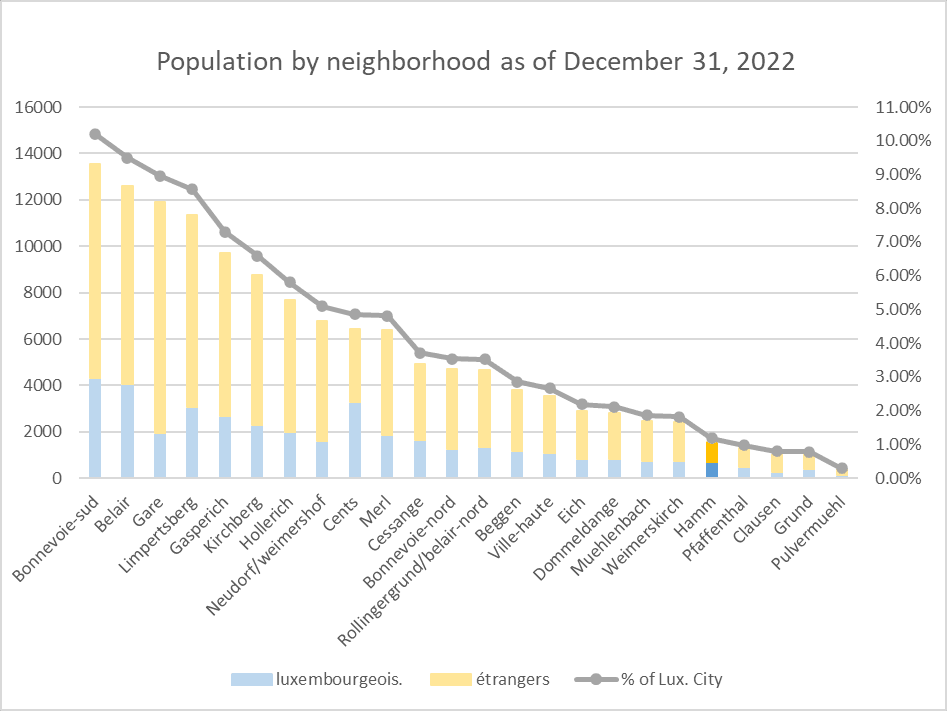
Notably, 56.48% of the residents are foreigners, making it the second-least diverse neighborhood after Cents and significantly below the national average of 70.82%.
Transport accessibility
Navigating to and from Hamm is remarkably convenient, benefiting from its close proximity to the A1 highway. Whether by car, bus, bike or even by train, the neighborhood offers a range of transportation options for residents.
Let's explore the various modes of transportation available, each catering to different preferences and needs:





You can check the route of each bus line in detail on the interactive map provided by the city of Luxembourg and get detailed instructions to get from one point to another on their route planner page.
Renting and buying real estate
Hamm presents an appealing real estate landscape, with purchase prices notably lower than the capital's average. Rental rates stand closely approaching the city's average. These comparatively affordable prices make Hamm an attractive option for those seeking cost-effective housing solutions within Luxembourg City.
For purchase prices stand at
For renting prices stand at
Applications, search and profound advice in our guide to rent in Luxembourg

Infrastructure of the neighborhood
The neighborhood stands out for its rich cultural diversity, marked by a harmonious blend of Luxembourgish residents and a substantial Portuguese community, weaving together a vibrant multicultural fabric. Esteemed for its leisure facilities and the lush greenery that adorns the banks of the Alzette, the area offers a tranquil haven amidst the urban landscape. Transitioning from its industrial roots, the district now exudes a calm residential atmosphere, characterized by an eclectic mix of contemporary and 19th-century architecture, illustrating its transformation from a dynamic industrial center to a serene communal haven.
If you're considering making Luxembourg your new home, we encourage you to explore our range of articles that look in depth at the different city communes and neighborhoods.
Pros and cons of living in Hamm
Hamm presents a tranquil residential environment in the lower and central parts of the city, accentuated by green spaces along the Alzette River, providing natural havens and scenic trails in the nearby beautiful forest. However, the neighborhood faces drawbacks. Commercial options are limited, and the absence of supermarkets is notable, with only a tiny Delhaize Shop & Go next to a gas station on the Cents border. Residents need to venture into neighboring districts for grocery shopping.
Another downside is the noise from aircraft, as Findel Airport is situated just north of the neighborhood, with a portion of the runway extending into its boundaries. On a positive note, Hamm stands out as one of the more affordable areas for housing in Luxembourg.
What can you find in this neighborhood of Luxembourg City
The neighborhood is usually praised for its recreational areas and the verdant spaces along the Alzette, providing a serene escape within the city's bounds. The presence of the Luxembourg American Cemetery and Memorial adds a poignant historical note, being the final resting place for thousands of American servicemen, including General Patton, and highlights Hamm's significance beyond its borders.
In Hamm, educational opportunities encompass both public and private institutions. The local public school, simply known as Hamm School, coexists with the private St. Georges International School which provides a British education. Childcare needs are met through both public and private daycare facilities, the latter belonging to the Sunflower Montessori network.
Adding to the educational landscape is the SkillUp School, a technical education center specializing in IT skills. SkillUp School offers courses for absolute beginners and advanced developers, catering to individuals of all ages, including adults, young adults, and children.
No high schools!
While Hamm provides diverse educational options, formal higher education necessitates venturing beyond the neighborhood's boundaries.
Hamm School
St. Georges International School
Hamm Childcare Center
Sunflower Montessori Hamm Nursery
SkillUp School
Hamm boasts the noteworthy presence of the Schläifmillen artistic residency. An artistic residency serves as a dedicated space for artists or artistic groups, fostering the creation and exhibition of various artworks or live performances. The Schläifmillen residency in Hamm serves as a platform for local artists, providing them the opportunity to create and showcase their works to the delight of art enthusiasts in the community.
- Address: 10 Rue Godchaux
- Phone: (+352) 26 43 06 05
- Website: schlaiffmillen.com
Since 1944, Hamm has been home to the Luxembourg American Cemetery and Memorial, a resting place for U.S. soldiers who fought in World War II and the Battle of the Bulge, including General Patton. Additionally, since 1995, the neighborhood hosts the country's sole crematorium, the Hamm Crematorium.
- Address: 50 Val du Scheid
- Phone: (+352) 43 17 27
- Website: abmc.gov
Learn more about Luxembourg's culture and traditions in our special guide.
Hamm lacks its own clinics or hospitals, requiring residents to venture beyond the neighborhood for medical assistance. However, accessing the city's hospitals is convenient, with short travel times by car or slightly longer via public transport. Although there are no pharmacies within the neighborhood, neighboring districts provide this essential service. For quick reference, the table below outlines directions and distances to some of the city's major hospitals.
Clinique Zitha
Kirchberg Hospital
Centre Hospitalier de Luxembourg
Hamm offers a variety of playgrounds for children and numerous green spaces, particularly along the Alzette River, providing ample opportunities to connect with nature.
- Montmedy Playground: 38 Rue de Hamm
- Pulvermuehl Playground: 61 Rue de Pulvermuhl
- Thomas Byrne Playground: 20 Rue Thomas Byrne
- Hamm Scool Playground: 159 Rue de Hamm
- Montagne Playground: 18 Rue de la Montagne
Hikers paradise
Additionally, the presence of the Godchaux Circuit enhances the neighborhood's appeal. This 2-hour forest trail takes visitors on a journey back to the city's industrialization era, named after the Godchaux family, pioneers of the textile industry in the Alzette Valley during the early 19th century.
For those seeking a deeper understanding of the circuit's history, luxembourg-city.com provides guided tours for groups of up to 20 people at 120 euros, enhancing the exploration of this fascinating blend of nature and industrial heritage.
Hamm boasts a diverse array of sports facilities, prominently featuring the Hall Omnisports Hamm. This venue offers the opportunity to engage in various sports disciplines and includes a football field. Notably, there is more than one football field in the neighborhood, with an additional one located on Rue de Hamm.
Adding to the sports infrastructure, the Canoë Kayak Luxembourg school caters to kayaking enthusiasts, while CrossFit aficionados can enjoy the facilities at CrossFit Rising Waves in the neighborhood. Hamm provides a well-rounded sports environment for residents with interests ranging from traditional sports to niche activities.
Hamm doesn't stand out for its commercial offerings; the options are relatively limited. With few shops and no large supermarkets, the only convenience is a small Delhaize Shop & Go Pulvermühl at the Cents border, adjacent to a gas station. While suitable for last-minute needs, for a more comprehensive shopping experience, residents often find it necessary to venture into neighboring districts.
- Address: 2 Val de Hamm, Luxemburg
- Phone: (+352) 43 43 04
- Website: magasins.delhaize.lu
Historical overview
The origins of the Hamm neighborhood trace back to a sparsely populated region with strategic significance, hosting a Roman guard post controlling access to the Alzette Valley.
Mills and monastery
Samson and Quetschlik Godchaux
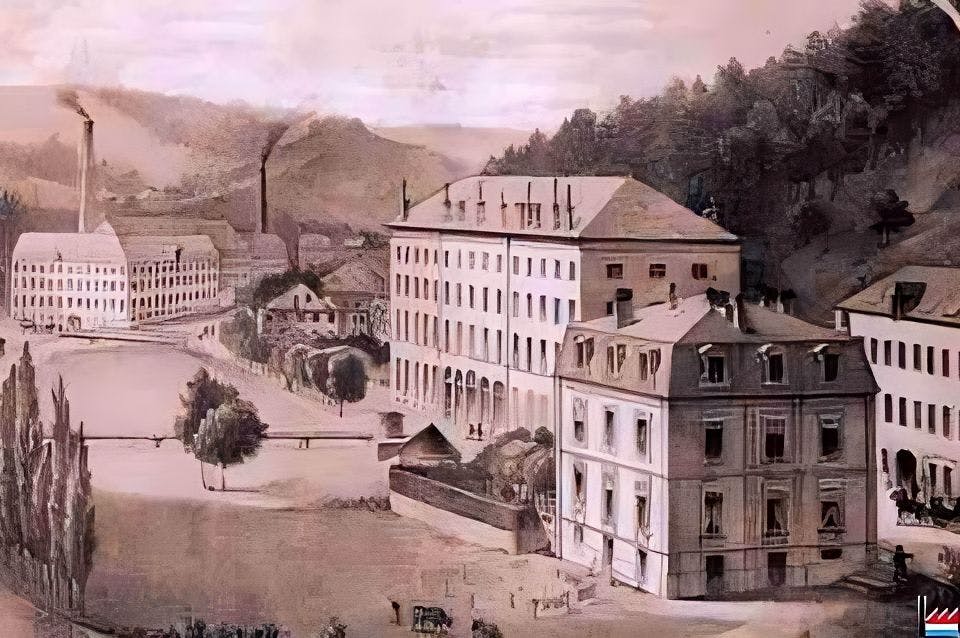
Frequently Asked Questions (FAQ)
What is the history of the Hamm neighborhood in Luxembourg?
Hamm's history dates back to the 14th century with the establishment of the Sainte Catherine monastery. Its growth in the 19th century, driven by the textile industry, led to its independence in 1874. The Godchaux brothers played a pivotal role, and the neighborhood witnessed industrialization. Today, remnants of this history, like the Godchaux Circuit and Luxembourg American Cemetery, serve as poignant reminders of Hamm's past.
What are the pros and cons of living in Hamm?
Pros include a tranquil residential environment, green spaces along the Alzette, and affordability in housing. However, limited commercial options, noise from Findel Airport, and longer travel times on foot to the city center can be considered cons. The unique blend of industrial heritage and natural beauty adds character to the neighborhood.
Where to buy groceries in Hamm?
While Hamm offers last-minute conveniences with a small Shop & Go Pulvermühl, it lacks extensive shopping choices. Residents often need to explore neighboring districts for a more comprehensive shopping experience. Despite this, the neighborhood provides a convenient solution for immediate necessities.
Source: www.vdl.lu, fr.wikipedia.org, lb.wikipedia.org, www.luxembourg-city.com, www.justarrived.lu, www.luxembourg-city.com, www.immotop.lu
We took photos from these sources: Marc Marchal on Unsplash, VDL, Wikipedia, Google Maps, Spillplaz, Schläifmillen, SkillUp Facebook Page
